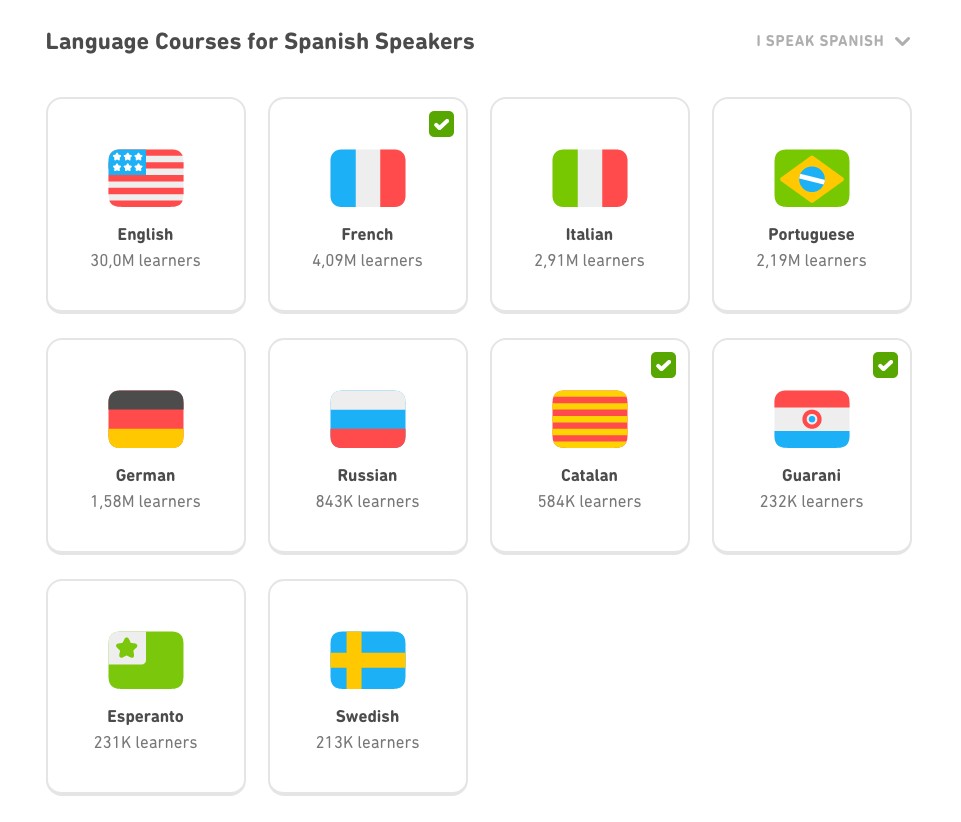Duolingo, the popular language learning app, is a subject of much debate. Some swear by it, while others dismiss it as ineffective. So, can you actually learn a language with Duolingo? The answer is more nuanced than a simple yes or no. This article explores how to use Duolingo effectively and maximize your learning potential.
 Screenshot of the Duolingo app interface showing a lesson in progress.
Screenshot of the Duolingo app interface showing a lesson in progress.
Maximizing Your Duolingo Learning Experience
While Duolingo alone might not lead to fluency, it can be a valuable tool when used strategically. Here are some tips to make the most of Duolingo:
Active Learning Techniques
- Speak Aloud: Don’t just read the phrases silently. Say them out loud to practice pronunciation and improve speaking skills.
- Write it Down: Reinforce learning by writing down new phrases and vocabulary. This helps with memorization and active recall.
- Create Your Own Phrases: Take learned vocabulary and grammar and construct your own sentences. This helps you apply knowledge in new contexts.
- Tell a Story: Use the vocabulary and grammar from a lesson to create a short story. This encourages creative language use.
Utilizing Duolingo Features
- Set Realistic Goals: Don’t let the streak pressure you. Define your own learning pace and stick to it. Consistency is key.
- Use the Guidebooks: These provide grammar explanations and vocabulary summaries, consolidating learned information.
- Practice Regularly: Utilize the practice tab to review previously learned material and strengthen weak areas.
- Take Advantage of Hard Mode: Challenge yourself with Hard Mode to push your learning further and enhance focus.
- Check the Discuss Sections: While the forums are no longer active, past discussions can still offer valuable insights into grammar and vocabulary questions.
- Review Lessons: Use the “Review Lesson” feature on the web version to revisit lesson content and identify areas needing reinforcement.
- Test Out Your Knowledge: Use checkpoints to assess your progress and identify knowledge gaps.
Expanding Beyond Duolingo
- Learn One Language Through Another: If you already know a language offered as a base language on Duolingo, use it to learn a new one. This can reinforce your existing knowledge while acquiring new skills.
- Find External Resources: Supplement Duolingo with other resources like Memrise, Clozemaster, or Anki to reinforce learning in different contexts.
- Listen to the Podcasts: Duolingo podcasts offer immersive listening practice and cultural insights for certain languages. Use the transcripts to aid comprehension and vocabulary acquisition.
Making Duolingo Work for You
- Challenge a Friend: Learning with a friend can provide motivation and accountability.
- Make your own grammar notes: Summarize grammar rules in your own words for better understanding. Consider creating audio or video notes for a multi-sensory approach.
- Create your own audio lessons: Record yourself speaking Duolingo phrases and listen back for pronunciation practice.
- Use your Microphone: Utilize the microphone feature for speaking practice instead of typing answers.
- Put Learning in a New Context: Search for learned phrases in real-world contexts online to see how they are used naturally.
Conclusion
Duolingo is a valuable tool for language learning, especially for beginners. However, it’s crucial to use it actively and strategically. By incorporating these tips and supplementing Duolingo with other resources, you can significantly enhance your learning experience and progress toward your language goals. While Duolingo might not be a magic bullet to fluency, it can be a powerful springboard to language acquisition when used effectively.
